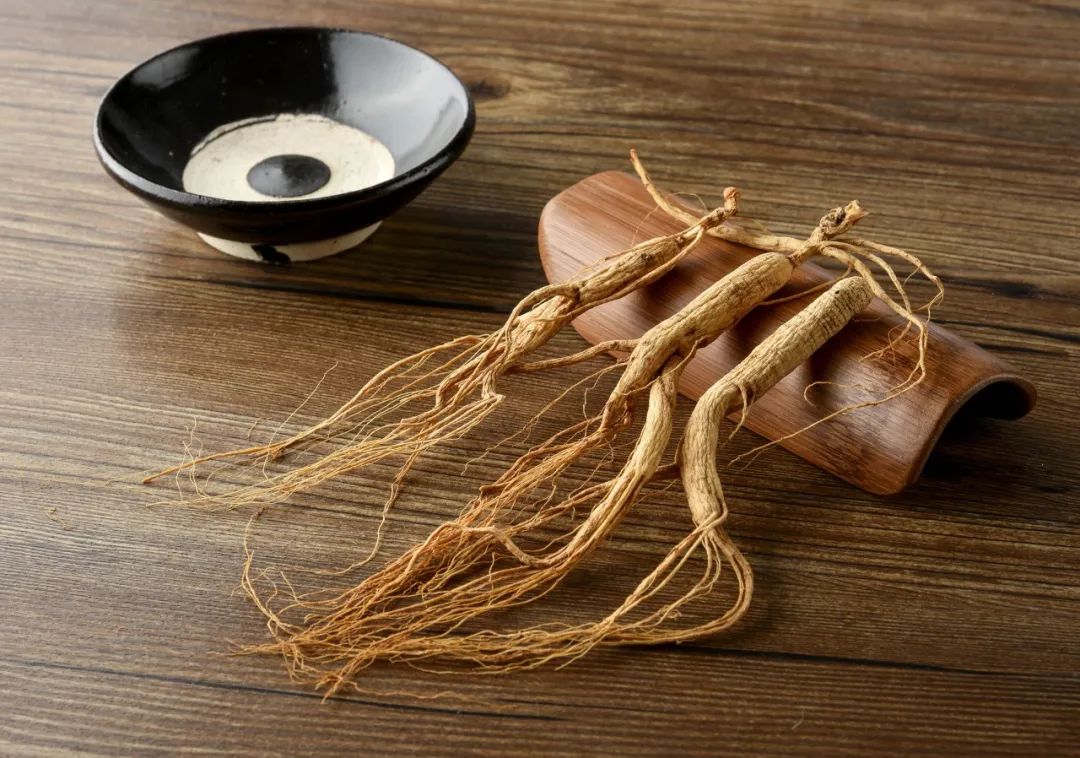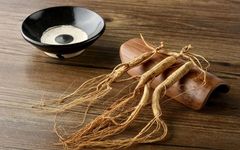Author: Wen Lifang, Dongguan Dalang Hospital

Ginseng, known as the “King of Herbs,” has been a treasure in Traditional Chinese Medicine (TCM) since ancient times. Its unique medicinal value holds a significant position in TCM clinical practice. However, did you know that the medicinal effects of ginseng are not fixed? They vary greatly depending on the different processing methods applied.
Today, let us explore the medicinal effects of ginseng produced through various processing methods.

About Ginseng
Ginseng (Ren Shen) belongs to the Araliaceae family and is a perennial herb. Its fleshy root is a well-known tonic herb, suitable for regulating blood pressure, restoring heart function, alleviating neurasthenia, and addressing physical weakness. It also has effects such as promoting digestion, diuresis, and stimulation. In China, ginseng has a long cultivation history with many varieties, among which those produced in the three northeastern provinces are the most famous.
The processing methods of ginseng are diverse, commonly including raw sun-dried ginseng, red ginseng, sugar ginseng, and steamed ginseng. These different processing methods not only change the appearance and taste of ginseng but, more importantly, affect its medicinal efficacy.
1.
Raw Sun-Dried Ginseng (Sheng Shai Shen)
This is made by washing ginseng and then sun-drying it, preserving its original flavor.
Raw sun-dried ginseng is cool in nature and has the effects of tonifying qi and nourishing yin, generating fluids and quenching thirst, suitable for symptoms of both qi and yin deficiency, and heat diseases damaging fluids.
2.
Red Ginseng (Hong Shen)
This is made by steaming and drying ginseng, resulting in a reddish color and firm texture.
Red ginseng is warm in nature and has the effects of greatly tonifying original qi, stabilizing the pulse, and benefiting qi and blood, suitable for symptoms of qi deficiency with a tendency to collapse, cold limbs, and weak pulse.
3.
Sugar Ginseng (Tang Shen)
This is made by adding sugar to ginseng, resulting in a sweet taste.
Sugar ginseng is neutral in nature and has the effects of tonifying the spleen and benefiting the lungs, generating fluids and quenching thirst, calming the mind and enhancing intelligence, suitable for symptoms of spleen and stomach deficiency, lung deficiency cough, and excessive thirst.
4.
Steamed Ginseng (Zheng Shen)
This is made by steaming ginseng, with medicinal effects between raw sun-dried ginseng and red ginseng.
Steamed ginseng has the effects of tonifying qi and nourishing blood, calming the mind and stabilizing the will, suitable for symptoms of qi and blood deficiency, palpitations, and insomnia.
The different processing methods result in significant differences in the medicinal effects of ginseng.
Raw sun-dried ginseng is suitable for symptoms of both qi and yin deficiency.
Red ginseng is more appropriate for cases of qi deficiency with a tendency to collapse.
Sugar ginseng and steamed ginseng, due to their neutral properties, are more suitable for symptoms of spleen and stomach deficiency, palpitations, and insomnia.
It is recommended that when consuming and using ginseng, one should choose the appropriate processing method based on their constitution and condition. Additionally, it is important to consume it in moderation to avoid discomfort from excessive intake. Furthermore, special populations such as pregnant women and children should consult a professional doctor before consuming ginseng.
-END-
Article images are from Shetu Network

This article is original from “PSM Yao Dun Public Welfare”. For reprints, please leave a message.



Searchrelated articles on ginseng

